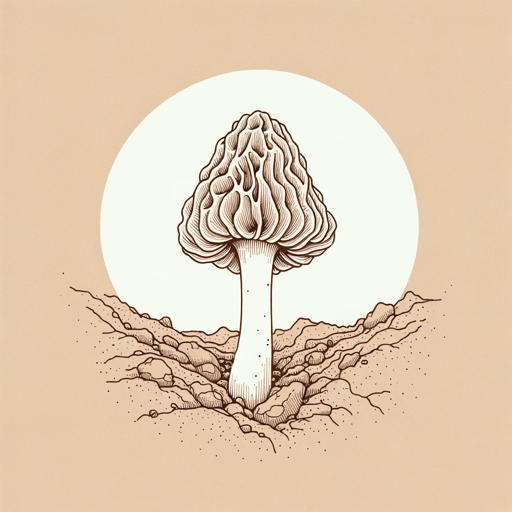56 pages • 1 hour read
Cormac McCarthyThe Road
Fiction | Novel | Adult | Published in 2006A modern alternative to SparkNotes and CliffsNotes, SuperSummary offers high-quality Study Guides with detailed chapter summaries and analysis of major themes, characters, and more. For select classroom titles, we also provide Teaching Guides with discussion and quiz questions to prompt student engagement.
Summary and Study Guide
Overview
The Road is a dystopian fiction novel published in 2006 by the American author Cormac McCarthy. It takes place in a barren, post-apocalyptic American wasteland over the course of a change from late fall to winter. As a view of America’s future, the novel is bleak and features very few consolations. The primary characters, named only “the man” and “the boy,” are distinguished by their will to survive, and the plot is therefore pared down to a death march to an unnamed coast, with each day a fight for mere survival. Its vision of humanity is paranoid and unsparing of sentiment. Widely considered to be one of the greatest novels of the 21st Century, The Road won the Pulitzer Prize and the James Tait Black Memorial Prize for Fiction. This summary refers to the 2007 Vintage edition.
Plot Summary
In a month that may be October, a father leads his son along a road through a vast wasteland in which nothing grows and the sun shines through an atmosphere infused with grey ash. His inventory includes a bit of food in a grocery cart, a pistol with two rounds, and some protective clothing. They are traveling south towards an unnamed coast, collecting fuel for their lantern and food as they go. The man serves the boy as faithfully as he can, helping him out of the rain and cold weather and answering the boy’s questions. They find many examples of mass death and destruction as the weather begins to get colder. They walk along the road, plotting a difficult course through woods and mountains while the snow begins to fall and ice forms.
They find a few small reprieves from the devastation, including morel mushrooms growing in the woods and a refreshing waterfall. They also find horror, as when they stumble across a man dying of burn wounds in a recent fire. The man remembers his wife’s suicide and considers killing himself and his child. Stumbling across a caravan of armed men, the man and the boy escape within an inch of their lives. Although the man finds it necessary to kill one of the armed men in front of his son, he assures him, “we’re still the good guys” (77).
Later, the boy thinks he sees another little boy dart out of sight, but the man believes it was just a hallucination. As their food reserves run low, they hide from slave armies and scenes of mass slaughter, culminating in another close escape from cannibals. At one point, they discover a cellar filled with chained individuals kept alive by cannibals, who eat the captives one limb at a time. Three days later and nearly at the point of death, they find a hidden bomb shelter filled with food and are able to sustain themselves for further journeys. “This is what the good guys do. They don’t give up,” the man says (137). Their respite is short, however, and their journey soon continues. They meet a puzzling man old named Ely, whose philosophy is one of nihilism and mere survival. They feed him minimally and then keep moving without him.
Traveling further, the man realizes that there is something wrong with his health. The boy, while becoming more independent every day, shows signs of the sort of irresponsibility natural to someone so young, such as forgetting to strike camp properly. They travel doggedly toward the coast, using up the reserve of their bounty. The man does not talk about his illness and the boy does not bring it up. For a time, the man falls ill and the boy cares for him. They find further evidence of human degradation and cannibalism on the road but keep going.
When they reach the coast, they find it as desolate and barren as the rest of the country. They camp for a while, ransacking an old yacht. The boy becomes sick with flu-like symptoms, and the man nurses him back to health. Yet the man becomes sicker and begins to bleed internally. When they discover that someone stole their cart of supplies, the man tracks the thief down and nearly kills him, to the despair of the boy. Later, they find are victorious in a skirmish in a small town, but the man is wounded in the leg by an arrow.
Finally, the man, coughing blood, can no longer travel. The boy cares for him for several days, but the man finally dies, assuring the boy that his luck will change. Almost immediately after, a kindhearted stranger finds the boy and takes him into his family, which consists of two other children and a woman. The stranger assures the boy that he too is one of the “good guys.”
Related Titles
By Cormac McCarthy
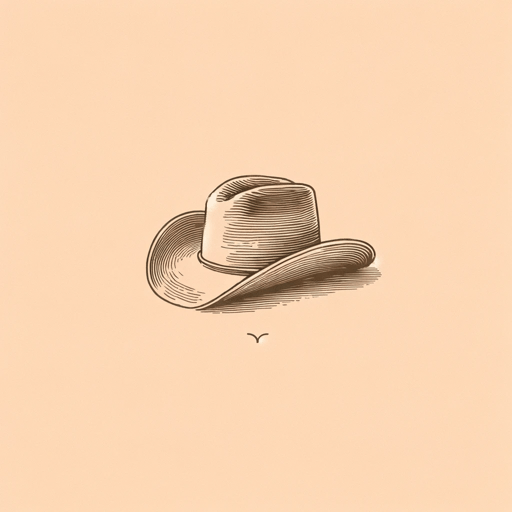
All The Pretty Horses
Cormac McCarthy
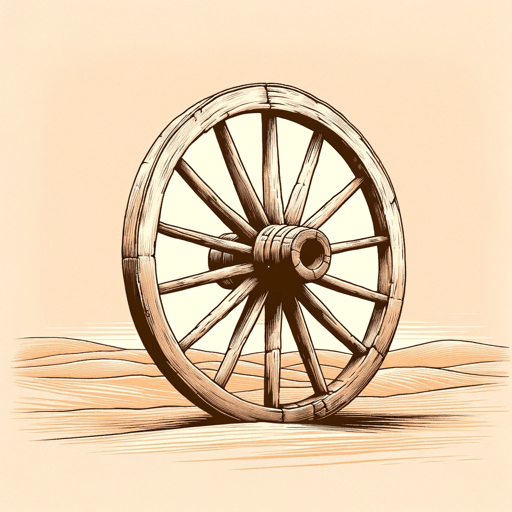
Blood Meridian
Cormac McCarthy

Child of God
Cormac McCarthy

Cities of the Plain
Cormac McCarthy
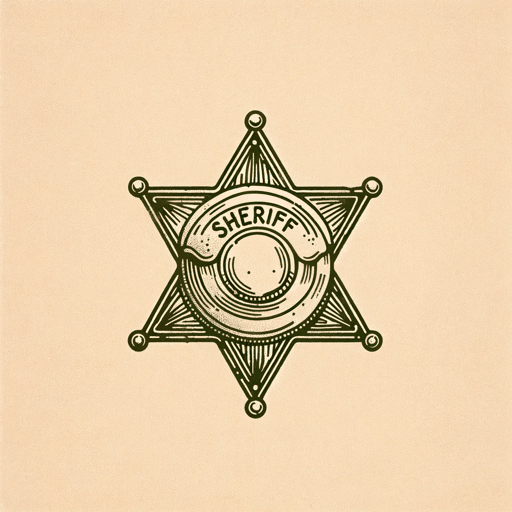
No Country for Old Men
Cormac McCarthy
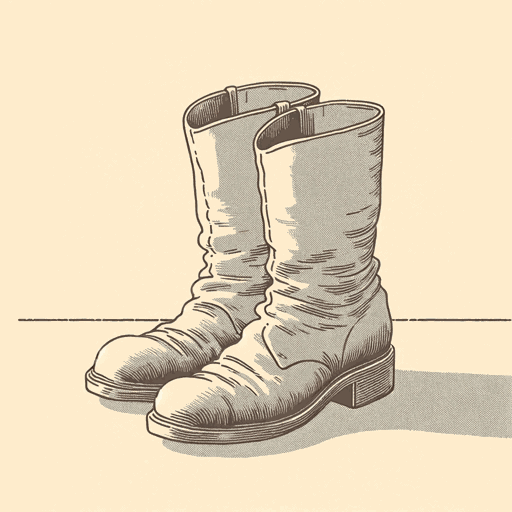
Outer Dark
Cormac McCarthy

Stella Maris
Cormac McCarthy
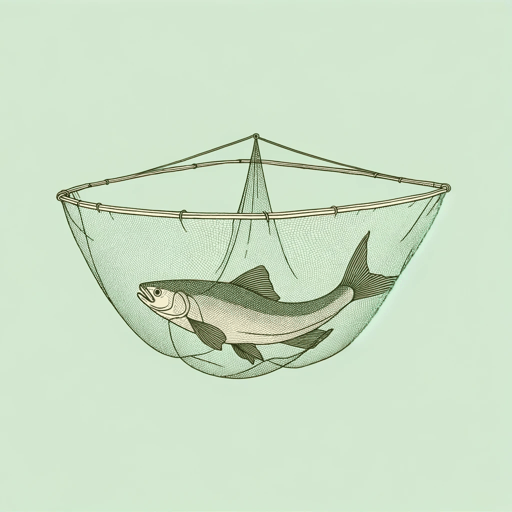
Suttree
Cormac McCarthy
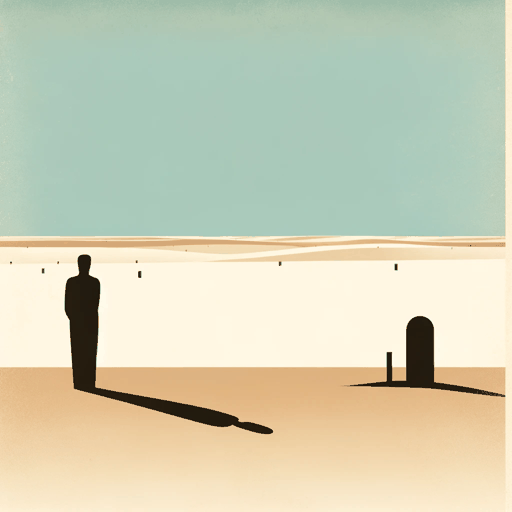
The Crossing
Cormac McCarthy
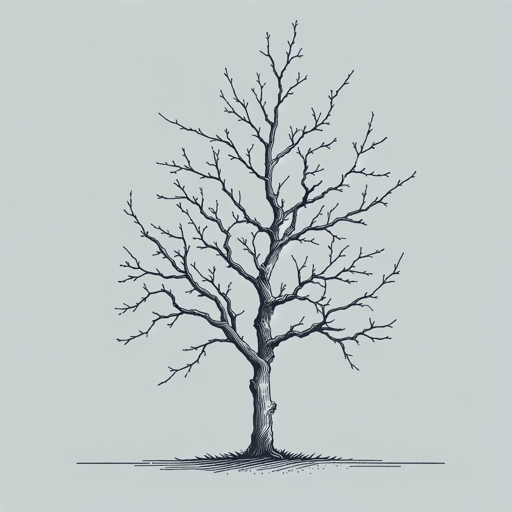
The Orchard Keeper
Cormac McCarthy
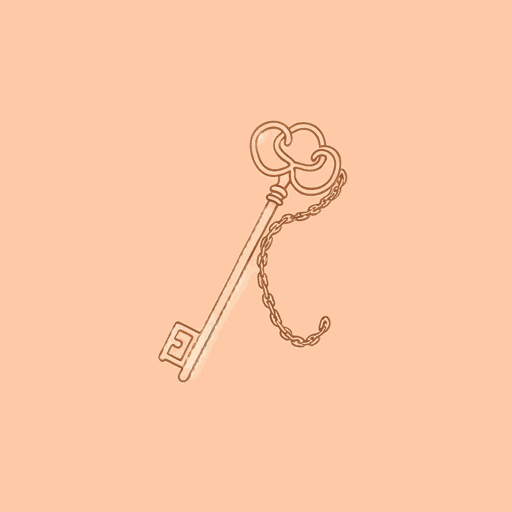
The Passenger
Cormac McCarthy
